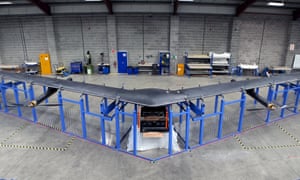
4.3 billion people still lack access to the Internet today. However, through Project Loon, Google has ambitious plans to connect these people to the world through balloons. Through partnerships with telecommunication companies to share cellular spectrum and the usage of LTE, a wireless telecommunication technology, Project Loon seeks to simulate a free-floating cell towers through these balloons. By using software to track wind movement, Google engineers are able to maneuver the balloons to ensure the signal can be handed off to another "cell tower" and thus ensure the message is not distorted or lost. Hence, through phones and other LTE-enabled devices, everyone would be able to connect to the balloon network and consequently the Internet anytime, anywhere.
Having discussed how cellular networks and how a signal is handed off between cell towers, I think this article is interesting because it highlights the different forms that the cell towers can actually take. I think that the level of ingenuity and creativity used in designing these balloon "cell towers" emphasizes that technology does not respect any boundaries and how we use technology in our lives is only limited by how far our imagination can go.
By: Chew Ming Li, Pearlyn
Click here to read on.




